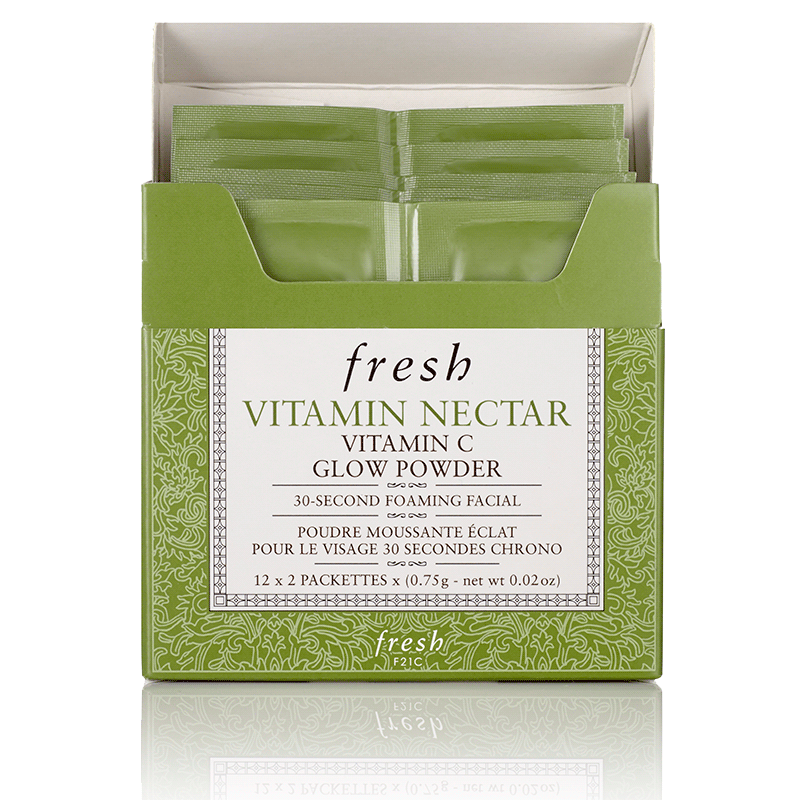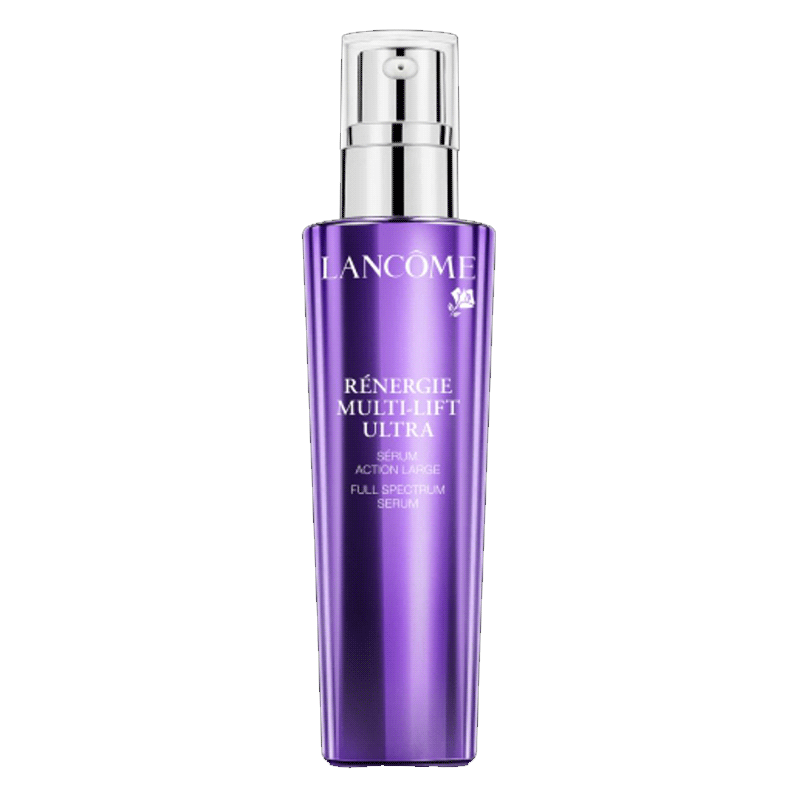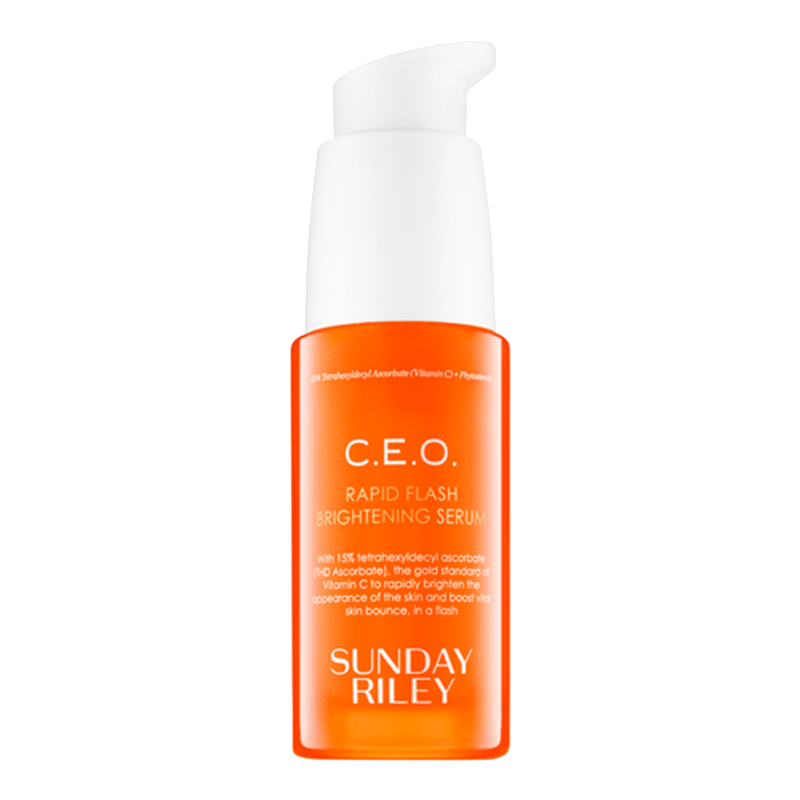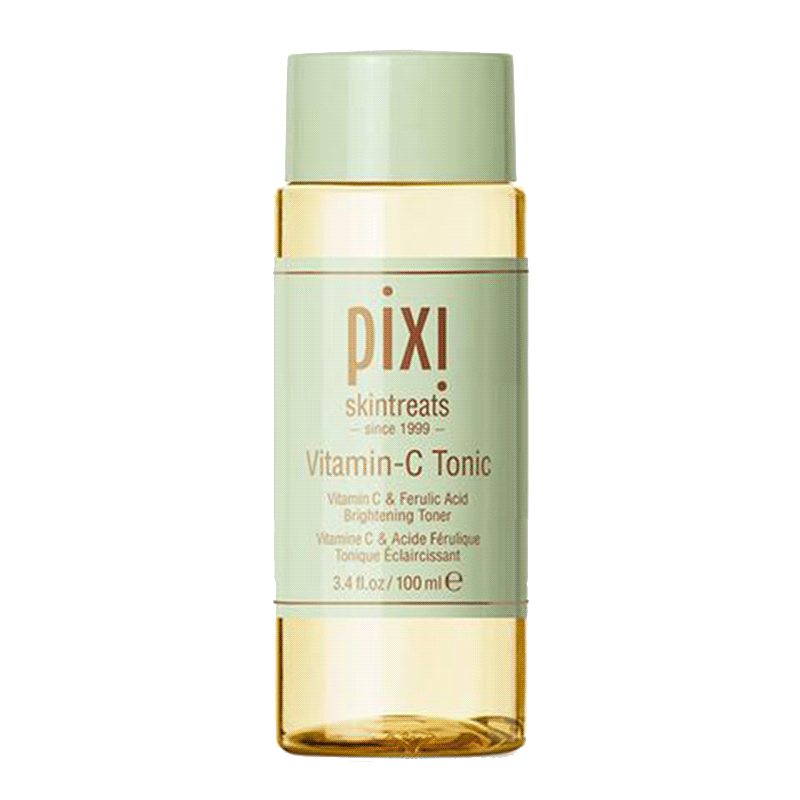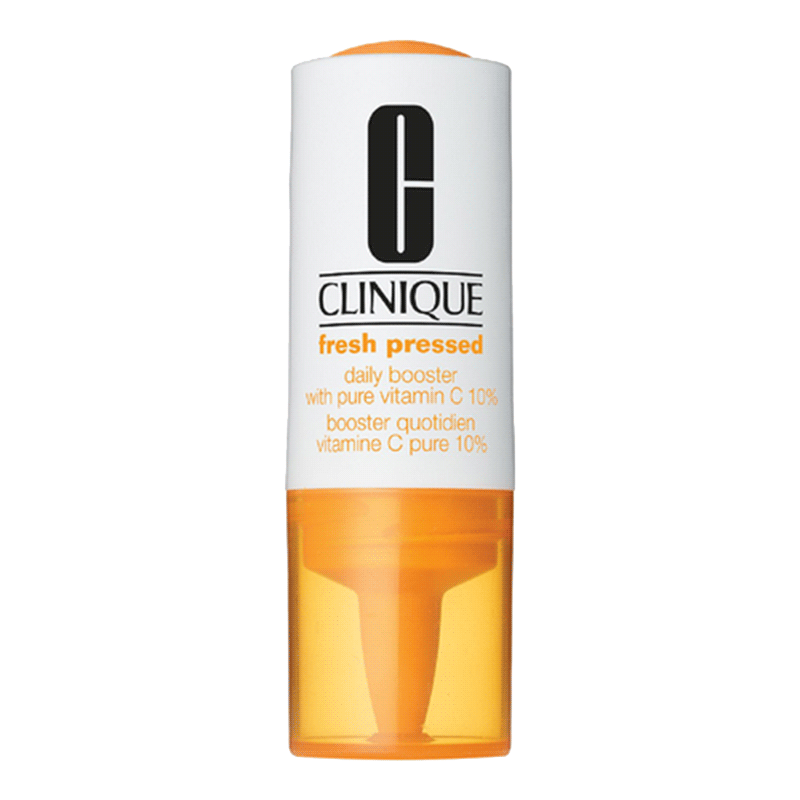We speak to the experts on the types, benefits and forms of Vitamin C so you can know how best to incorporate it in your skincare routine.

In case you haven’t been paying attention, Vitamin C is all the rage in the beauty industry this year. Brands such as Fresh and Peter Thomas Roth have introduced a whole new range of Vitamin C skincare, whilst long-standing Vitamin C products from Kiehl’s and Clinique continue to be bestsellers for the respective brands.
The question is: what’s so great about the ingredient? Most of us are aware of its benefit of boosting our immune system via ingestion, but not many know of its uses in skincare, much less how to maximise its potential.
No fret, you’re at the right page. We speak to the experts on the types, benefits and forms of Vitamin C so you can know how best to incorporate it in your skincare routine.
Types
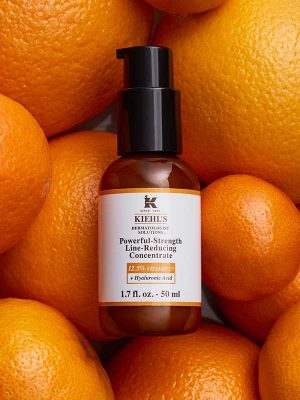
According to Ivy Gan, Kiehl’s Education Manager, there are three common types of Vitamin C used in skincare: pure Vitamin C (L-Ascorbic Acid), VitCG (Ascorbyl Glucoside) and Activated C (3-O Ethyl Ascorbic Acid).
“L-Ascorbic Acid is vulnerable when exposed to light, air and water which will affect its effectiveness; hence, when purchasing skincare with this ingredient, opt for an air-tight, tinted packaging. Due to its potency, L-Ascorbic Acid will create a warm sensation upon application on the skin which normally lasts for a few seconds,” Ivy says.
VitCG is less potent than ascorbic acid but much more stable in water, making its application more comfortable on the skin. “It breaks down into ascorbic acid when absorbed into the skin and works very well with other form(s) of Vitamin C,” she elaborates.
Meanwhile, Activated C is a potent and stable form of vitamin C that is less vulnerable to oxidation. It is essentially ascorbic acid that has been modified to enhance its stability and absorption into the skin while retaining all its original benefits.
There are also other derivatives that are specially designed to blend with specific formulas. For example, Lev Glazman, co-founder of Fresh, says, “Most of our Vitamin Nectar Collection contains a stabilized vitamin C derivative Ascorbyl Tetraisopalmitate (also known as Tetrahexyldecyl Ascorbate or THD Ascorbate). This oil soluble, photo-stabilized form of vitamin C is able to stay stable and active for the life of the product.”
Benefits
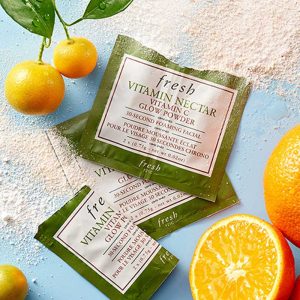
Generally, all types and derivatives of Vitamin C share similar benefits to varying extents, depending on the potency of the formula.
It is especially used in anti-aging products to aid in collagen production, which helps reduce fine lines and wrinkles. Ivy notes that it also helps to gently exfoliate skin’s surface and enhance skin texture, as well as prevent the overproduction of melanin which can cause dark spots and pigmentation.
“Vitamin C has energizing and brightening benefits, helping to tone and brighten the skin, making it glow. It’s like Emergen-C for your skin,” Lev weighs in.
“It brightens sun damage, so it evens out skin tone,” echoes Petra Strand, founder of Pixi Beauty. “It provides strong antioxidant power, which means it protects the skin from premature aging and damage from pollution.”
In a nutshell, Vitamin C is prized for its anti-aging, brightening, exfoliating and antioxidant properties – a sum of the most sought-after benefits in skincare.
Forms
There are many different forms of Vitamin C products in the market today, from toners to serums and face mists. Now you may be eager to try them all at a go, but it’s important to check the labels for potential hazards and side effects.
“If too much of Vitamin C is used in a formula without careful test and assessment, it might lead to unwanted skin reaction such as sensitivity or stinging sensation,” Ivy warns. When in doubt, always test the formula on a small section of the face or on your hands before buying the product.
Don’t be surprised if you feel a warm, heating effect during application though, as this is a normal reaction of Vitamin C on the skin. However, if it gets too uncomfortable, look for a formula with milder concentration instead.
With that said, here’s a selection of best-sellers (including personal favourites of the experts) for your consideration.
(swipe left for more)
Petra has one last tip to share with all you new Vitamin C users: “It’s key to always have exfoliated skin so that (Vitamin C) serums and tonics can absorb and don’t just sit on the surface. Also, remember to always keep your skincare in a dark, cool and dry place to maximize shelf life.”
Recommended for you: The skincare glossary: A guide to understanding skincare labels
Photos courtesy of respective brands













